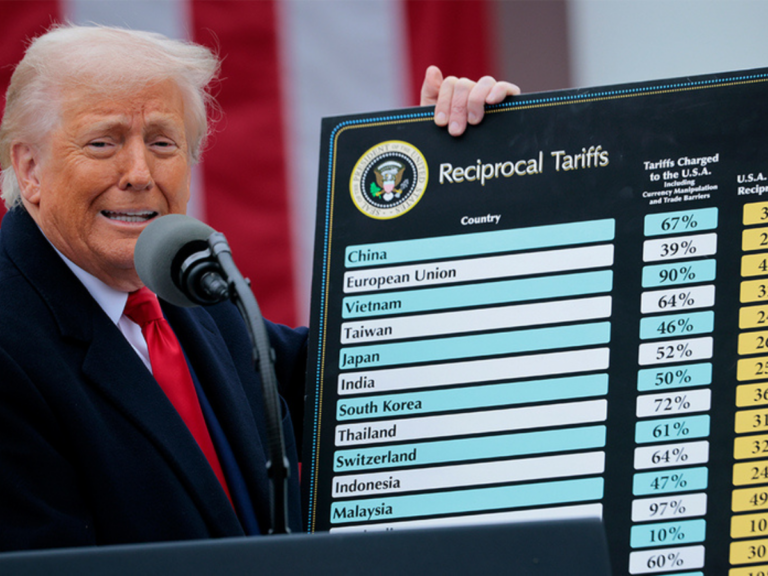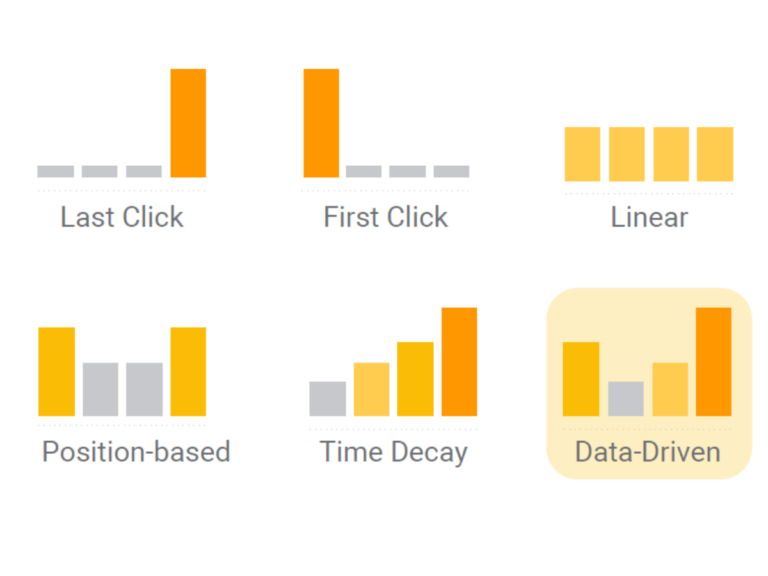JavaScript frameworks have transformed how e-commerce sites are built, creating smoother, faster shopping experiences.
At Digital Position, we analyze hundreds of e-commerce sites every month, and we’ve noticed a growing trend: many are built beautifully for users but invisibly for bots. If your product content is only rendered client-side, many bots and AI platforms won’t see it.
In this post, we explore how different crawlers perceive your site and what you can do to ensure your products are visible everywhere they need to be.
TL;DR: Making Your E-Commerce Site Visible to All Crawlers
- Many e-commerce sites rely heavily on JavaScript, which can hide content from search engines and AI tools.
- Googlebot can render JavaScript, but it does so in a second, delayed phase.
- Bing, DuckDuckGo, and AI crawlers like ChatGPT cannot process JavaScript and only see static HTML.
- If your product content is client-side rendered, these bots won’t index it — and users may never find it.
- Use Server-Side Rendering (SSR) or dynamic rendering to expose product content to all bots.
- Structured data and performance optimizations help improve crawlability and visibility.
- Tools like Screaming Frog and Lighthouse can help you test how bots see your site.
The Problem with JavaScript-Heavy Websites
Modern e-commerce websites are sleek, fast, and often built using JavaScript-heavy frameworks like React, Vue, and Angular. While this approach enhances user experience, it can unintentionally hinder visibility across search engines and AI-driven discovery tools.
Many product listing pages (PLPs) and product detail pages (PDPs) render content dynamically using client-side JavaScript. This means essential information like product names, prices, images, and descriptions may not be visible in the initial HTML — which presents a major issue for bots that don’t render JavaScript.
How Different Crawlers See Your Site
Not all bots are created equal. Here’s how major players differ in their ability to crawl and understand your content:
Googlebot (Google Search)
- Rendering: Fully supports JavaScript rendering using a headless version of Chrome.
- Limitations: JS rendering happens in a second wave, which can be delayed. Heavy scripts impact crawl efficiency and may exhaust crawl budget.
Bingbot (Microsoft Bing)
- Rendering: Partial JS support.
- Limitations: Struggles with more complex or deeply nested JavaScript content. Static HTML or SSR is still safer for SEO.
DuckDuckBot (DuckDuckGo)
- Rendering: Minimal JavaScript support.
- Limitations: Requires static content for reliable indexing.
AI Crawlers (ChatGPT, Perplexity, Gemini, etc.)
- Rendering: Do not execute JavaScript. They rely solely on raw HTML or accessible JSON data.
- Limitations: If your products are loaded client-side, these bots will miss everything.
Real-World Example: Allbirds.com
We took a look at Allbirds’ Men’s Collection PLP, a super popular e-commerce site that relies heavily on JavaScript, to see how ChatGPT and other bots view it. Here’s what we found:
- HTML View (Non-JS Bots): The raw HTML contains minimal product data. No product names, images, or prices are visible.
- Rendered View (Googlebot): Googlebot can execute the page’s JavaScript and eventually access product content.
- Implication: For AI bots and lightweight crawlers, this page is practically invisible. For Google, it works — but it’s resource-intensive and subject to rendering delays.
Why This Matters
AI platforms like ChatGPT, Perplexity, and Gemini are quickly becoming important gateways for online discovery.
These platforms may recommend websites to users by leveraging a combination of their built-in training data, structured data (like schema.org), and real-time search result snippets.
However, if your product content isn’t visible in the raw HTML or isn’t surfaced in traditional search engine results due to JavaScript barriers, your brand likely won’t be featured in AI-driven recommendations.
Crawlers that can’t access your content won’t index it. That affects:
- Search Engine Visibility: Especially on Bing, DuckDuckGo, and smaller engines.
- AI Search Inclusion: AI tools increasingly serve as entry points for product discovery. Invisible content = no mentions.
- Link Previews and Social Sharing: Many tools fetch only HTML, not rendered content.
Our Recommendations for E-Commerce Brands
To maximize visibility and ensure all bots — not just Google — can understand your site:
1. Implement Server-Side Rendering (SSR)
Use SSR frameworks like Next.js or Nuxt.js to pre-render product content and metadata. This ensures every crawler sees your core content, regardless of JavaScript support.
2. Use Dynamic Rendering (if SSR is not feasible)
Serve pre-rendered static versions of your pages to crawlers and dynamic versions to users. Tools like Prerender.io can help with this.
3. Optimize for Performance and Crawl Budget
Minimize unnecessary JavaScript and prioritize the delivery of core content. This reduces rendering time and conserves Googlebot’s crawl budget.
4. Use Structured Data
Add schema markup (e.g., Product, Offer, Breadcrumb) in the initial HTML to help bots interpret your content, even if other elements fail to render.
5. Test with Multiple Tools
Don’t rely on Google Search Console alone. Use:
- Lighthouse (simulate no-JS views)
- Screaming Frog in JS and HTML-only modes
- SEO tools that simulate different bot behaviors
Final Thoughts
If you’re investing in product content, you want it to be seen. Relying on JavaScript alone means you’re trusting that every bot has the power (and patience) to render your site — and many don’t.
Want a personalized crawlability audit for your eCommerce site? Reach out to the Digital Position team. We’ll help ensure your content doesn’t just look good, but gets found.





no replies